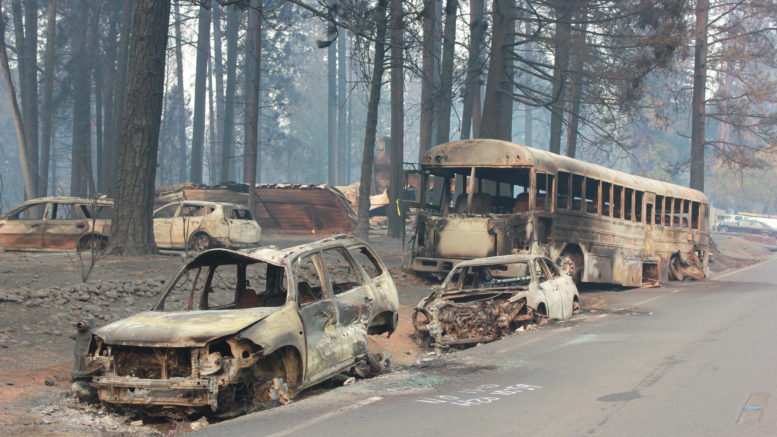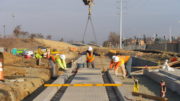Governments and businesses can still take bold action to limit global warming, but average temperatures are already rising. As climate change worsens, extreme weather will be more frequent and intense. This blog looks at what you can do to prepare.
Here’s a time line of what types of extreme weather are more likely in Sacramento and California and when, and how climate change may shift or alter what to expect.
May-June: Normally when the landscape starts drying out. A warm winter with more rain and less snow can mean dry season starts even earlier, says climatologist Michael Anderson with state Department of Water Resources. While snow sticks around, rain flows directly into waterways, leaving land to dry out sooner.
July-September: Dry, hot and definitely fire season. Areas downwind of fires may be choked with smoke, as Sacramento was last November during the Camp Fire. Heat-related illness is another risk. More greenhouse gases trap heat in the atmosphere. That means nights cool off less, and heat builds more during the day.
October-November: Normally the start of wet season. The period between October and April accounts for 90% of annual precipitation in California, Anderson says. However, a delayed wet season means fire risk extends longer, which was the case with the Camp Fire. Heavy rains after extended dry periods, and especially after fires, can cause mudslides.
December-February: Half of California’s yearly rainfall typically happens during these months, says Anderson. This period is when Sacramento has historically seen major flooding. Storm drains clogged with debris from dry season can lead to urban flooding, says Daniel Bowers, the city of Sacramento’s director of emergency management.
March-April: Usually, wet season tends to taper off, but with climate change April might be unseasonably hot or be abnormally stormy, as in 2018. Rising average global temperatures mean more evaporation, resulting in storm systems retaining more water, says Anderson.
Questions about emergency preparation? Let us know in the comments to this blog item or by emailing townsendtess@gmail.com or sactonewstips@newsreview.com and we’ll try to cover it in a future post.
Read the previous post here.
Read the next post here.






So I guess there were climate protests at the Yale-Harvard football game. I know these people are just trying to do a good thing for climate change. I mean these people just wanted to see a football game and enjoy their day. The world is just getting crazier and crazier…